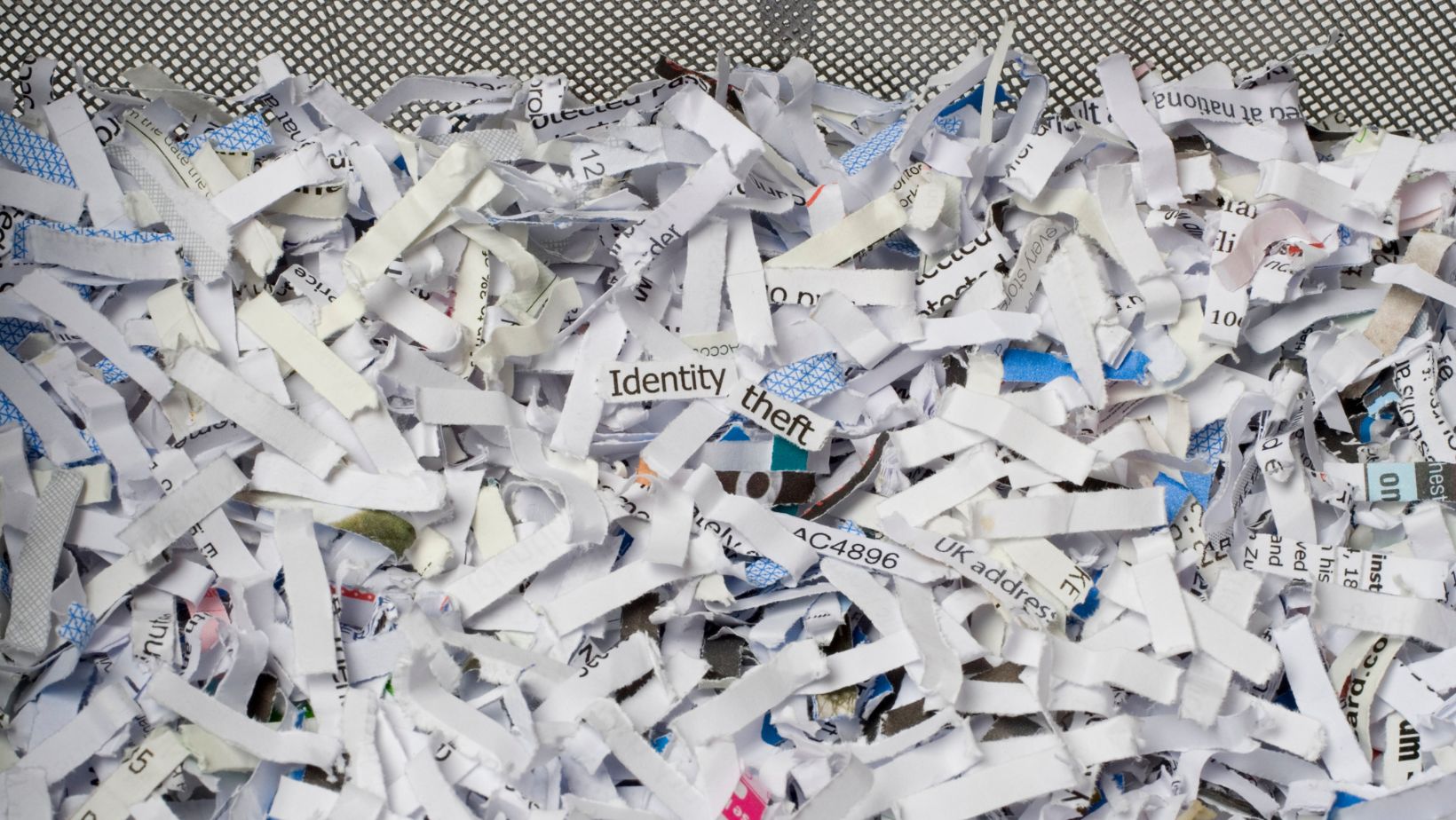
Paper Is Here to Stay
Even though we do just about everything on a computer, paper is here to stay. Despite the allure of digital convenience, paper has proven time and again that it’s here to stay. From its tangible and nostalgic qualities to its practical applications in various sectors, the paper continues to hold a special place in our lives. In this blog, we’ll explore why paper is far from obsolete and why its enduring value is unlikely to fade anytime soon.
The Tangible Connection
There’s something undeniably appealing about the tactile experience of holding a physical piece of paper. The sensation of flipping through the pages of a book, the texture of fine stationery, and the weight of important documents all contribute to a unique sensory experience that digital interfaces simply can’t replicate. This tangible connection fosters a sense of authenticity and permanence that many find comforting and reassuring.
Nostalgia And Sentiment
The paper carries a sense of history and nostalgia that digital formats struggle to evoke. The act of receiving a handwritten letter or preserving family photos in physical albums has an emotional weight that transcends the digital realm. These tangible artifacts become cherished keepsakes that can be passed down through generations, preserving memories and personal connections in a way that digital files often can’t achieve.
Unplugging In A Digital Age
As our lives become increasingly intertwined with technology, there’s a growing desire to unplug and find respite from screens. Turning the pages of a physical book, jotting down notes in a notebook, or sketching on paper provides a reprieve from the constant glow of screens. The paper offers a simple way to disconnect and engage with the world in a more focused and deliberate manner.
Practical Applications Persist
While digital platforms have revolutionized communication and data management, there are instances where paper remains the superior choice. In legal and official matters, paper documents hold legal weight and serve as undisputed evidence. Industries like healthcare, where patient records need to be secure and easily accessible, still rely on paper for critical documentation. Additionally, sectors like art, design, and architecture rely heavily on paper sketches and blueprints to bring creative visions to life.
Privacy And Security
The increasing concerns about digital privacy and cybersecurity have led some individuals and organizations to revert to paper for sensitive information. Unlike digital data, which can be vulnerable to hacking and unauthorized access, paper documents can be physically secured and controlled.
Bridging Generational Divides
Generational preferences play a role in the continued relevance of the paper. While younger generations have grown up in a digital age, older generations often feel more comfortable with paper-based processes. To bridge this divide, paper-based communication and documentation still play a crucial role in facilitating effective intergenerational communication and collaboration.
Conclusion
In a world that’s rapidly embracing digital innovation, paper remains a steadfast and versatile medium. Its tangible qualities, emotional resonance, and practical applications ensure that it will continue to serve a vital role in our lives. While digital technology undoubtedly enhances our capabilities, it’s important to recognize that the enduring value of paper isn’t about resisting progress; it’s about appreciating the unique strengths of each medium and embracing a harmonious coexistence. So, as we navigate the ever-evolving landscape of communication and information, let’s remember that paper is not just a relic of the past, but a timeless companion on our journey into the future.

